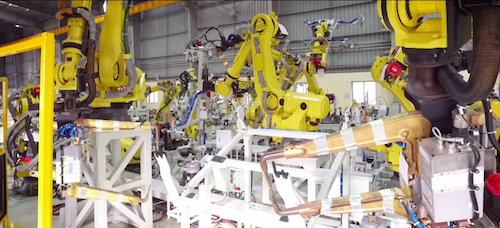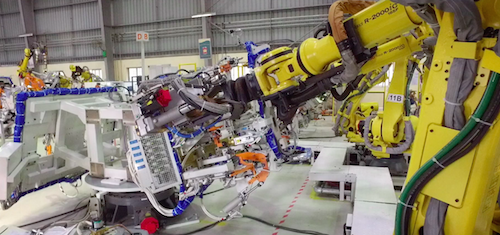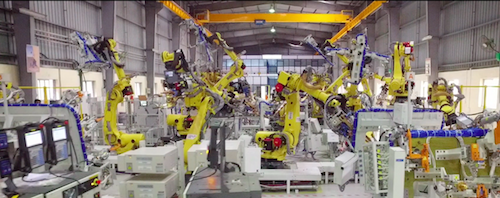
An approach to systematically identify and analyze delay risks in ramp-up projects of automotive manufacturers assuring scheduled ramp-up considering challenges of time-to-volume, increased quantity of ramp-up projects and increased complexity of products. It follows a multi-stage process based on the common risk management process.
- Within the first stage comprehensive risk identification in a preliminary process of ramp-up projects is conducted.
- The second stage includes any activities (risk management) to optimize ramp-up process with regards to delay risks. The approach was validated at an automotive manufacturer site within a ramp-up project of a new product. Results of the forecasting risk simulation and reality of open flaws are to a high degree consistent.

In automobiles industry, facelift often be shown as a small change in its outlook, updating its engine output, adding some new equipment’s or creating a new edition etc. Company will push out a facelift version to attract new and past customers to change their cars as they observe the sales revenue starts decreasing. This process is controlled by product life cycle management.
It is commonly applied to many kinds of products to keep them competitive during a model's product life cycle and to increasing the sales revenue of products. To earn high sales revenue and profits for as long as possible with one product generation, one must enhance the product's attractiveness from time to time. Mid-cycle facelifts for cars are usually just cosmetic: a little nip here, a little tuck there, new lights and maybe a couple of different trim pieces to maintain interest in an aging vehicle for an extra couple of years before a full redesign


